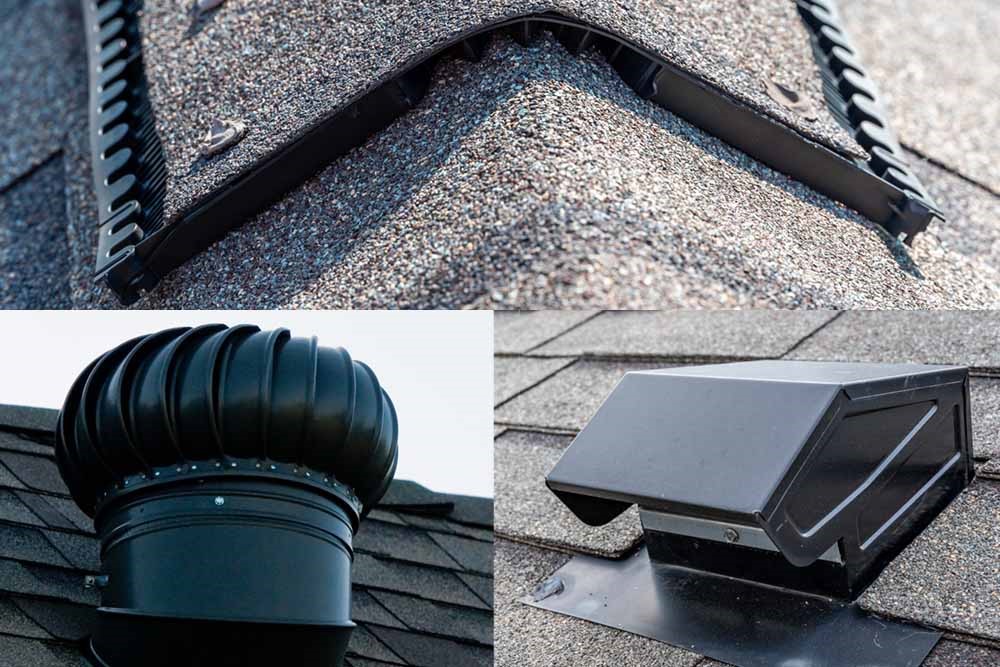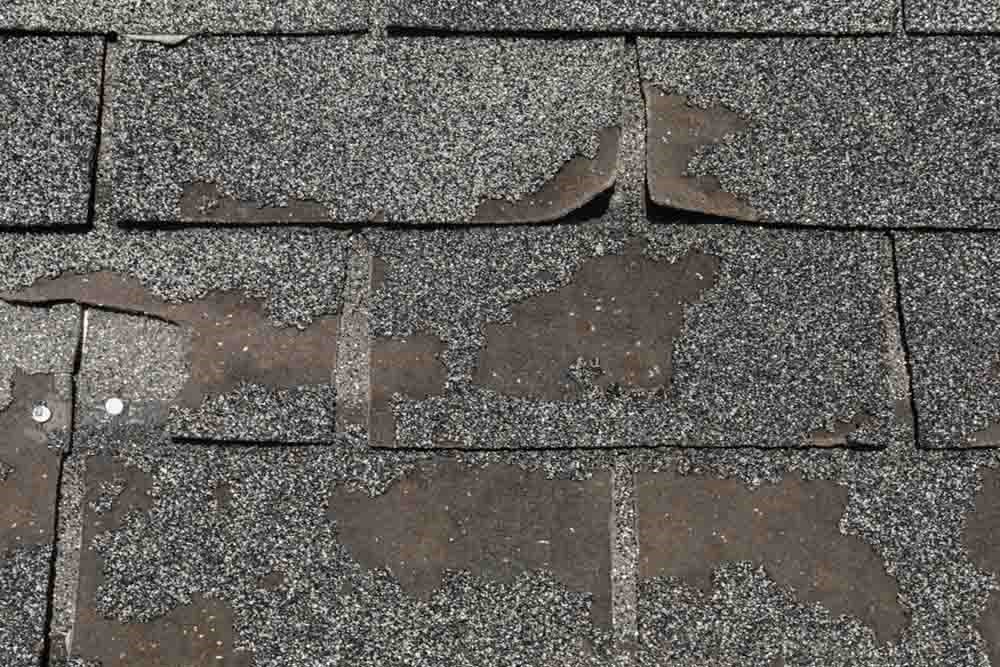
While shingles get most of the attention, the underlayment beneath them plays a critical role in protecting your home. Roofing underlayment acts as a secondary barrier against moisture, wind, and other elements. At C&N Construction, we believe it's essential for homeowners to understand the options available when it comes to this often-overlooked component of a roof replacement project.
In areas where weather can be unpredictable, choosing the right underlayment can extend your roof’s lifespan and help prevent leaks or costly repairs. Let’s break down the main types of roofing underlayment and how they compare.
The Three Main Types of Roofing Underlayment
There are three primary types of underlayment used in residential roofing. Each offers unique benefits depending on your roofing material, climate, and budget.
1. Asphalt-Saturated Felt
Also known as felt paper or tar paper, this traditional underlayment has been used for decades.
Pros:
- Inexpensive and widely available
- Offers basic water resistance
- Provides a slight cushion between the roof deck and shingles
Cons:
- Can tear easily during installation
- Less durable in hot or humid climates
- Heavier and harder to work with than newer options
Felt underlayment is still common on budget-friendly or lower-slope roofing projects, but it’s gradually being replaced by synthetic options.
2. Synthetic Underlayment
Made from woven or spun polypropylene or polyethylene, synthetic underlayment is a newer, high-performance alternative to felt.
Pros:
- Lightweight and easy to install
- Highly resistant to tearing and UV damage
- Better waterproofing and durability
- Covers more roof area per roll
Cons:
- Typically more expensive than felt
- Quality can vary by manufacturer
Most modern roofing systems benefit from synthetic underlayment due to its superior performance in varying weather conditions.
3. Rubberized Asphalt (Peel-and-Stick)
This premium underlayment features a sticky backing that adheres directly to the roof deck, creating a watertight seal.
Pros:
- Excellent waterproofing
- Self-sealing around nails
- Ideal for ice dam protection in valleys, eaves, and low-slope areas
Cons:
- Higher material cost
- May require primer for certain surfaces
- More time-consuming to install
Rubberized asphalt underlayment is often used as an additional layer in vulnerable roof areas or for full-roof coverage in high-risk environments.
Quick Comparison: Which Underlayment Is Right for You?
Here’s a simple breakdown to help guide your decision:
- Asphalt-saturated felt: Best for budget-conscious projects with limited weather exposure
- Synthetic underlayment: Ideal for most modern roofs due to durability and ease of installation
- Rubberized asphalt: Best for areas prone to ice, heavy rain, or extreme weather
The Importance of Proper Roof Underlayment
Many parts of the country experience a range of weather—from high winds and storms to freezing temperatures. Choosing the right underlayment helps prevent water intrusion, ice dams, and structural damage. At C&N Construction, we evaluate each home’s needs and recommend the underlayment solution that fits best with your roofing system and local climate.
Protect Your Home with the Right Underlayment
Whether you’re building a new roof or replacing an old one, selecting the right underlayment is just as important as the shingles you choose. At C&N Construction, we take a full-system approach to roofing that ensures every layer of your roof is working together to protect your home.
Contact us today to schedule a roof inspection or consultation. We’re proud to serve homeowners with high-quality roofing solutions built to last.
Subscribe to C&N Construction's Blog








Comments